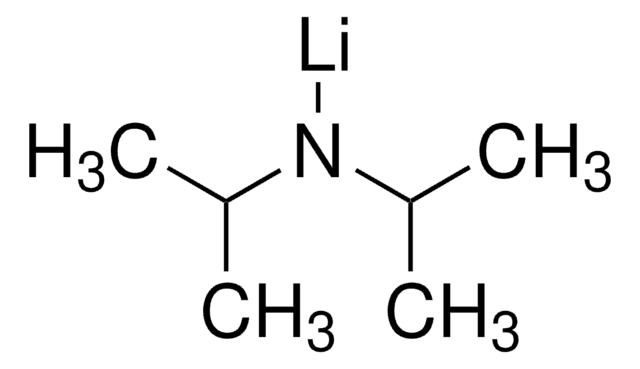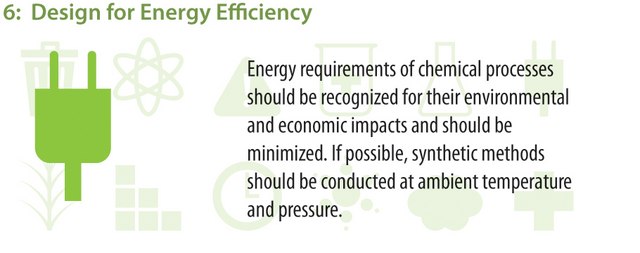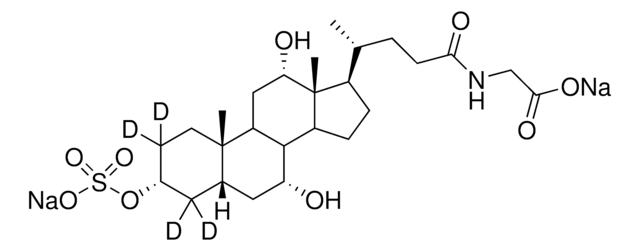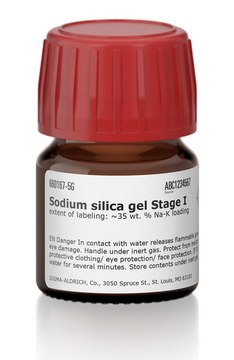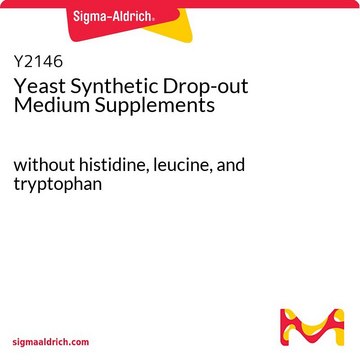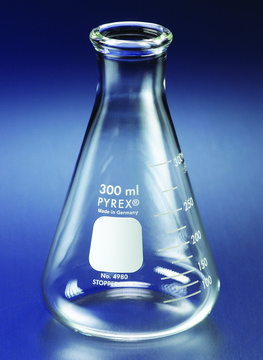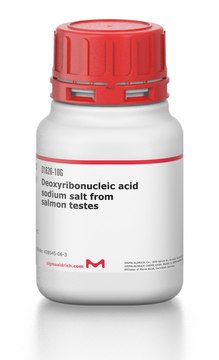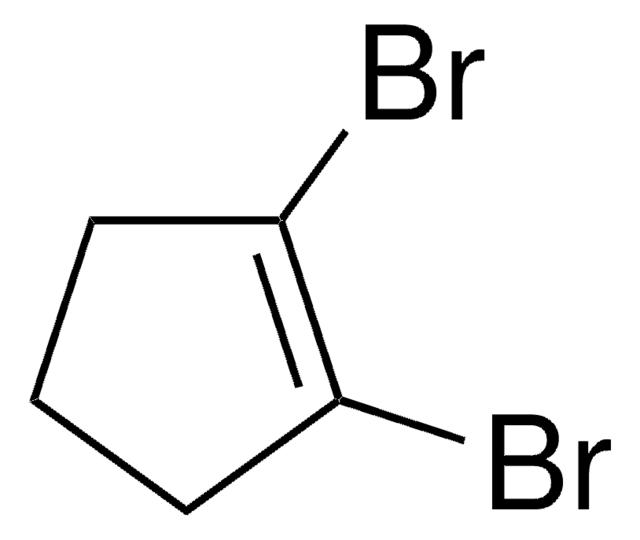660175
Sodium silica gel Stage II
extent of labeling: ~35 wt. % Na-K loading
Synonym(s):
Na-SG-II
About This Item
Recommended Products
form
solid
autoignition temp.
248-257 °F
reaction suitability
reagent type: reductant
extent of labeling
~35 wt. % Na-K loading
density
0.7 g/mL at 25 °C
Looking for similar products? Visit Product Comparison Guide
Application
Alternative to other reagents for desulfurizations, dehalogenations(as Wurtz coupling reactions), and Birch reductions.
Additionally can be used as:
- A reducing agent for aliphatic ester substrates
Signal Word
Danger
Hazard Statements
Precautionary Statements
Hazard Classifications
Eye Dam. 1 - Skin Corr. 1B - Water-react 2
Supplementary Hazards
Storage Class Code
4.3 - Hazardous materials which set free flammable gases upon contact with water
WGK
WGK 1
Flash Point(F)
Not applicable
Flash Point(C)
Not applicable
Personal Protective Equipment
Regulatory Information
Choose from one of the most recent versions:
Certificates of Analysis (COA)
Don't see the Right Version?
If you require a particular version, you can look up a specific certificate by the Lot or Batch number.
Already Own This Product?
Find documentation for the products that you have recently purchased in the Document Library.
Which document(s) contains shelf-life or expiration date information for a given product?
If available for a given product, the recommended re-test date or the expiration date can be found on the Certificate of Analysis.
How do I get lot-specific information or a Certificate of Analysis?
The lot specific COA document can be found by entering the lot number above under the "Documents" section.
How do I find price and availability?
There are several ways to find pricing and availability for our products. Once you log onto our website, you will find the price and availability displayed on the product detail page. You can contact any of our Customer Sales and Service offices to receive a quote. USA customers: 1-800-325-3010 or view local office numbers.
What is the Department of Transportation shipping information for this product?
Transportation information can be found in Section 14 of the product's (M)SDS.To access the shipping information for this material, use the link on the product detail page for the product.
What is the difference between the NaK Silica gels (Na2K) , for example Stage I or Stage II?
These alkali silica gels, which are offered by Sigma-Aldrich for SiGNa Chemistry, can reduce some of the handling precautions traditionally associated with alkali metals, while still retaining the reducing power of the parent alkali.They are classified into three categories. Stage 0 powders, like 660140 or 660159, are air-sensitive, but can easily be used in continuous-flow applications. Stage I powders, like 660167, are non-pyrophoric and dry air-stable; they can be stored for months without any change in reducing capacity. Stage II powders are easily handled in an open ambient environment, but readily react with water to produce stoichiometric yields of pure hydrogen gas. Stage II powders function well as a hydrogen source or drying agent.
My question is not addressed here, how can I contact Technical Service for assistance?
Ask a Scientist here.
Articles
SiGNa Chemistry has recently developed a technology for encapsulating alkali metals into nano-structured porous oxides to create stable, free flowing powders with varying reactivities (based on the intended application).
Our team of scientists has experience in all areas of research including Life Science, Material Science, Chemical Synthesis, Chromatography, Analytical and many others.
Contact Technical Service
